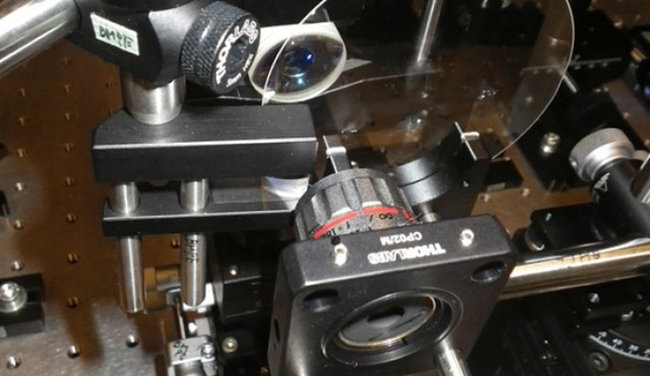

Researchers in Japan have developed a special use camera that records at an incomprehensibly high frame rate.
We profiled the practice of femto-photography in an earlier RedShark article, but here's a quick refresher: femto-photography involves shooting individual photon packets (emitted at a duration under one hundred picoseconds) and measuring the light information as the packets scatter. Back in 2012, the top achieved frame rate for such a camera was around 1 trillion frames per second.
Just two years later, research scientists, in a joint effort between the University of Tokyo and Keio University in Japan, have developed a new femto-photography camera that makes 1 trillion frames per second seem...slow. The new tech, bearing the name Sequentially Timed All-optical Mapping Photography (STAMP), utilizes an optical shutter that allows the system to capture images consecutively at under one-trillionth of a second. Previous femto-photography systems used a 'pump-probe' process, meaning the camera had to both emit the photon packets and measure the light absorption of objects. STAMP only emits the photon packet, while another instrument measures the 'probe' data.

You can forgive the lowish resolution (450 x 450 pixels) when recording video at such mind-boggling speeds. As reported by the Wall Street Journal, the STAMP camera can capture the conduction of heat, which occurs at one-sixth the speed of light.
The practical applications of such a camera would positively impact various scientific and industrial processes, although any cinematic uses for STAMP are unlikely in the short term. But as resolution and imaging of such systems improve, at some point in the future, you'll likely find yourself surfing your television's menu guide, and stumble upon a show about the impossibly fast in unbelievable slow-motion.
Check out Ramesh Raskar's 2012 TED Talk on femto-photography below.
Tags: Technology


Comments